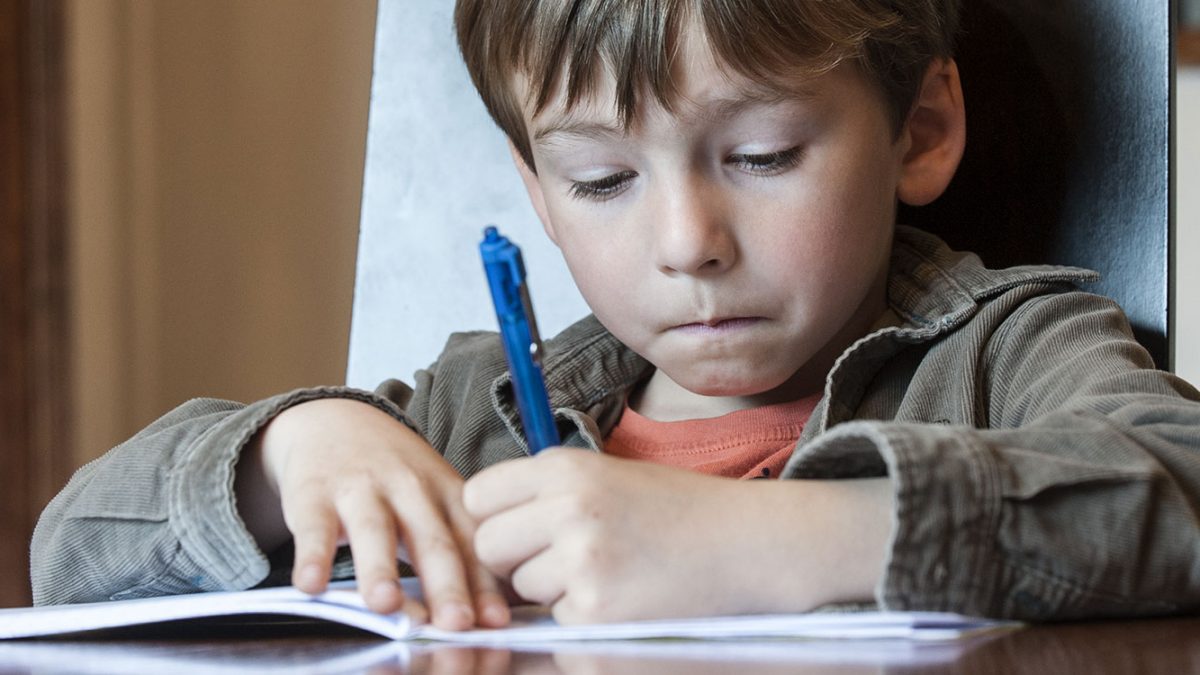
We know that early literacy skills positively relate to later learning skills and acquiring pre-literacy knowledge.
Building on sounds for reading and writing is crucial in the kindergarten years and continuing into year one.
Emergent Reading/Phonological Awareness
- Difficulty with reading, writing, and spelling
- Confuses similar sounding words (hat/fat)
- Doesn’t recognize rhyming words
- Cannot make rhyming word
- Has poor sound/letter identification abilities (e.g., doesn’t know what sounds letter /c/ makes)
Has trouble breaking words into:
- Syllables (initial, middle, final)
- Sounds (initial, middle, final)
- Difficulty matching a letter with its correct sound
- Difficulty putting letters together to spell words and/or sounding out words
Middle Kids
In the classroom they may have difficulties with:
- Blending sounds to create words (e.g., what word do these sounds /r/, /a/ /k/ /u/ /n/ make?)
- Recognising previously learned sight words
- Manipulating sounds in words (if you replace /k/ in cat with a /b/ what word will you make?)
- Poor vowel recognition (e.g., has trouble identifying what sounds different vowels make in sentences)
- Reading quickly without pausing at punctuation marks (e.g., commas, periods, etc)
- An inability to memorise songs rhyme lyrics
- Comprehending what is read or remembering new vocabulary
- General inefficiency in communication whether it be verbal or written
- Resistance to writing and reading
- Falling behind the level of same age peers
| Skills | Kindergarten Targets | Year One Targets |
|---|---|---|
| Reading | Pre-literacy Skills Between 5-6yrs we really want to see skills in: • Syllable segmentation (Cat-er-pil-lar), • Rhyme awareness, (boat, coat, moat) • Alliteration awareness (adam apple) • Phoneme isolation (B- b) Phoneme segmentation ( c-a-t) (Dodd & Gillon, 2001) • Ability to sound out single letters and letter combinations. (sh, th, ch, wh, ng, vowels) | Literacy Skills • Competency blending sounds to create words (e.g., what word do these sounds /r/, /a/ /k/ /u/ /n/ make?) • Recognising previously learned sight words • Manipulating sounds in words • Vowel recognition (e.g. what sounds different vowels make in sentences) • Reads without monotone fashion • Reads with pausing at punctuation marks • Early phoneme recognition of vowel and letter combinations (ch, kn, ph, ir, ur, oo, ea, or) • Ability to recognise appropriate irregular words, non-word patterns and regular word patterns. |
| Spelling | • Single word spelling for early phonic patterns and transfer of words into written work. • Single sounds for correlation to spelling pattern (I,e, ir, ur er/ ay, ai/ oy oi • Spelling methods using patterns and sequences. (i.e. CVC, CCVC, CVCC) C= Consonant, V = vowel | • Writing sound-letter correspondences for age appropriate targets within words • Structures of more spelling patterns • Ability to use early spelling rules • Knowledge of writing phonic based patterns vs high frequency words. |
| Writing | • What is a sentence? • How do we form ideas? • Constructing sentences with nouns, verbs and adjectives • Using both spelling patterns and common words to create ideas. | • Ways to use writing strategies (mind map, brainstorming, word banks) to kick-start writing • Encourage low resistance to writing • Constructing sentences with simple linking words • Showing ways for grammar checks to edit work |
Young People
They may demonstrate:
- More grammatical errors than peers
- Messy and incomplete writing, with many “cross outs” and erasures
- Immature vocabulary and problems learning new words.
- Poor written language when formulating essays and projects
- Difficulty with text types such as narrative, persuasive, information and report writing.
- Differences between student and their same age peers.
- Uneven use of spacing between letters and words, and has trouble staying “on the line”
- Inaccurately copying information (e.g., confuses similar-looking letters and numbers)
- Poor spelling and inconsistently (e.g., the same word appears differently other places in the same document)
- Difficulty proofreading and self-correcting work



